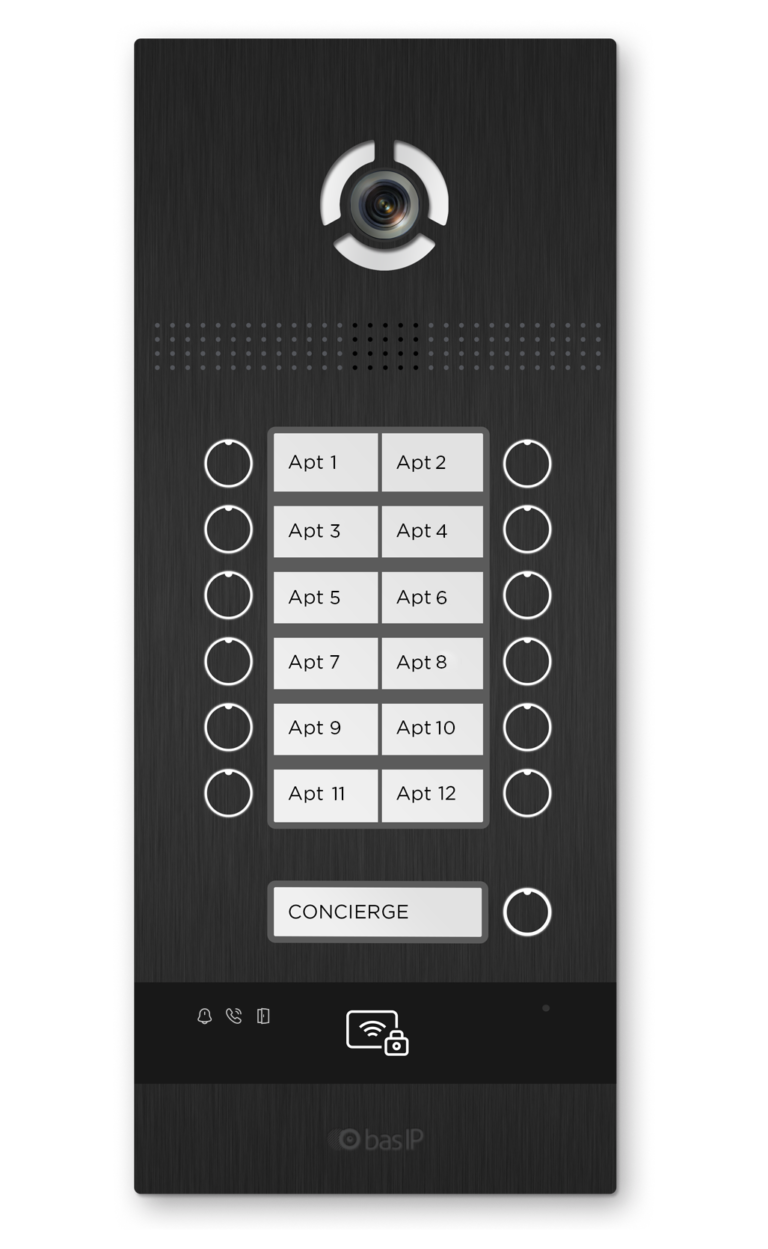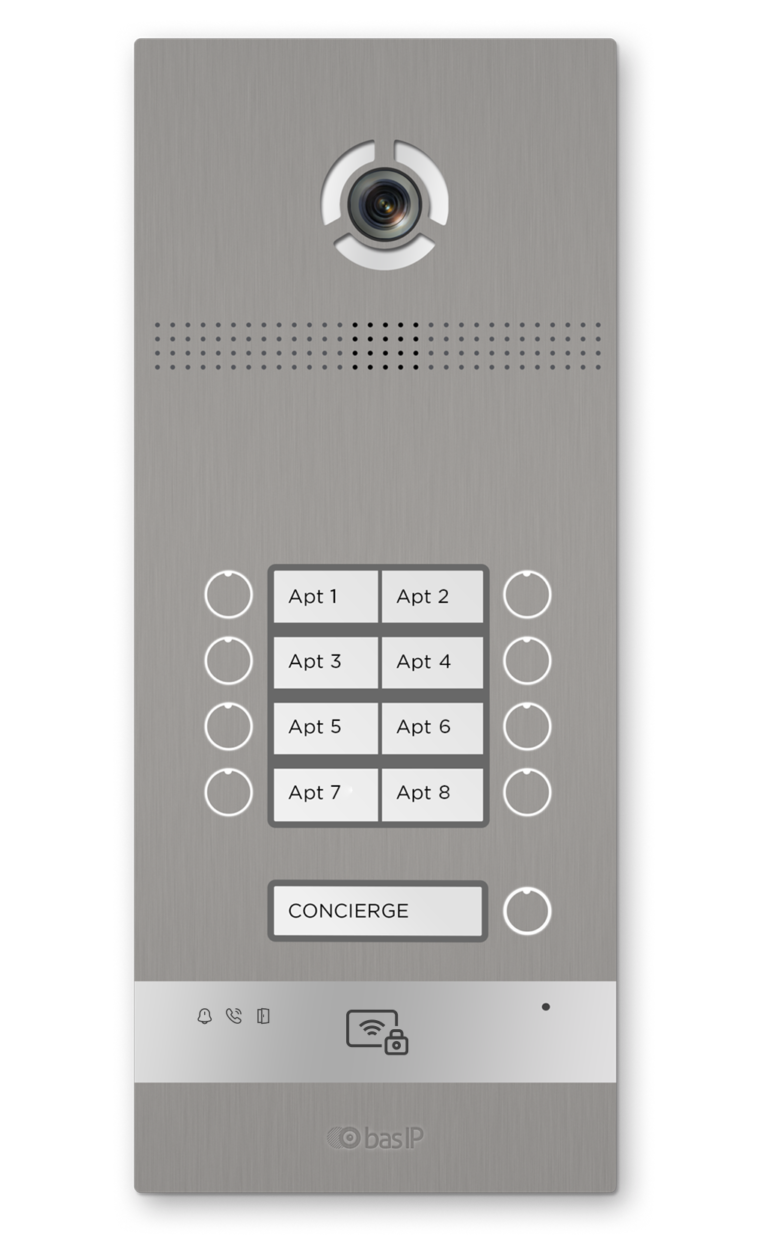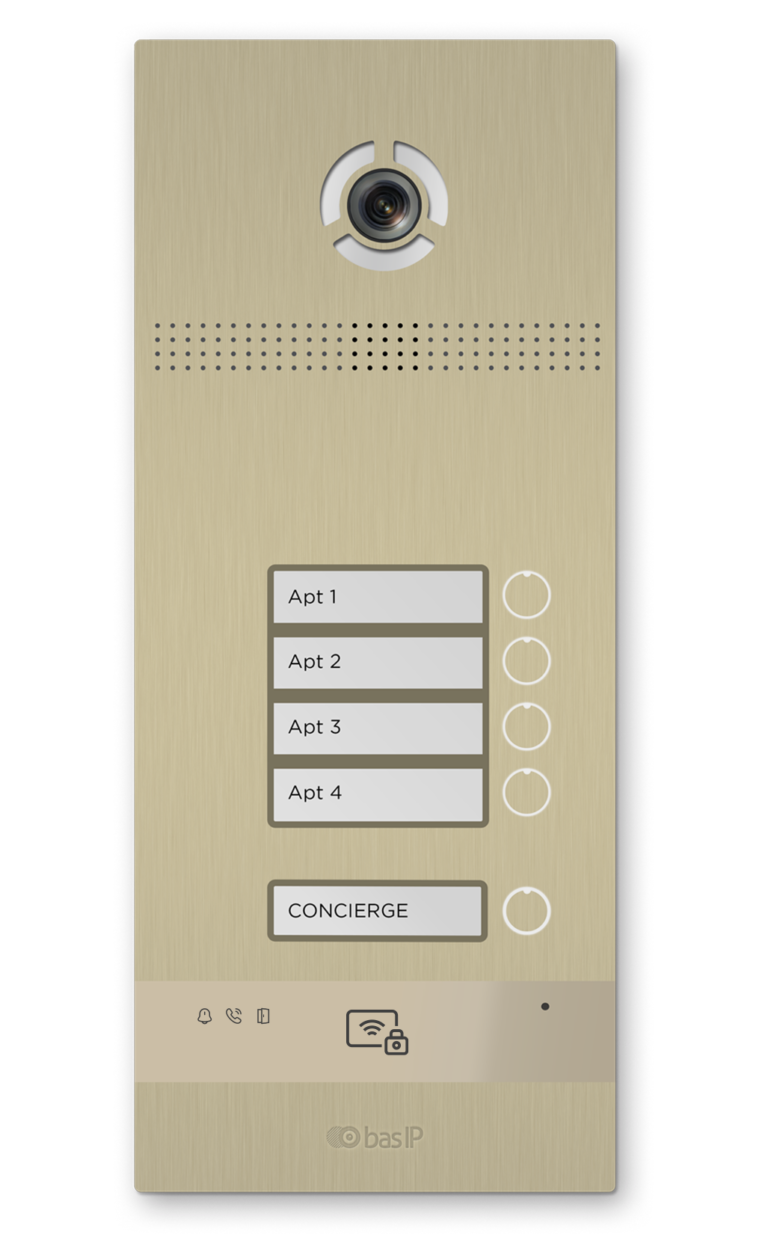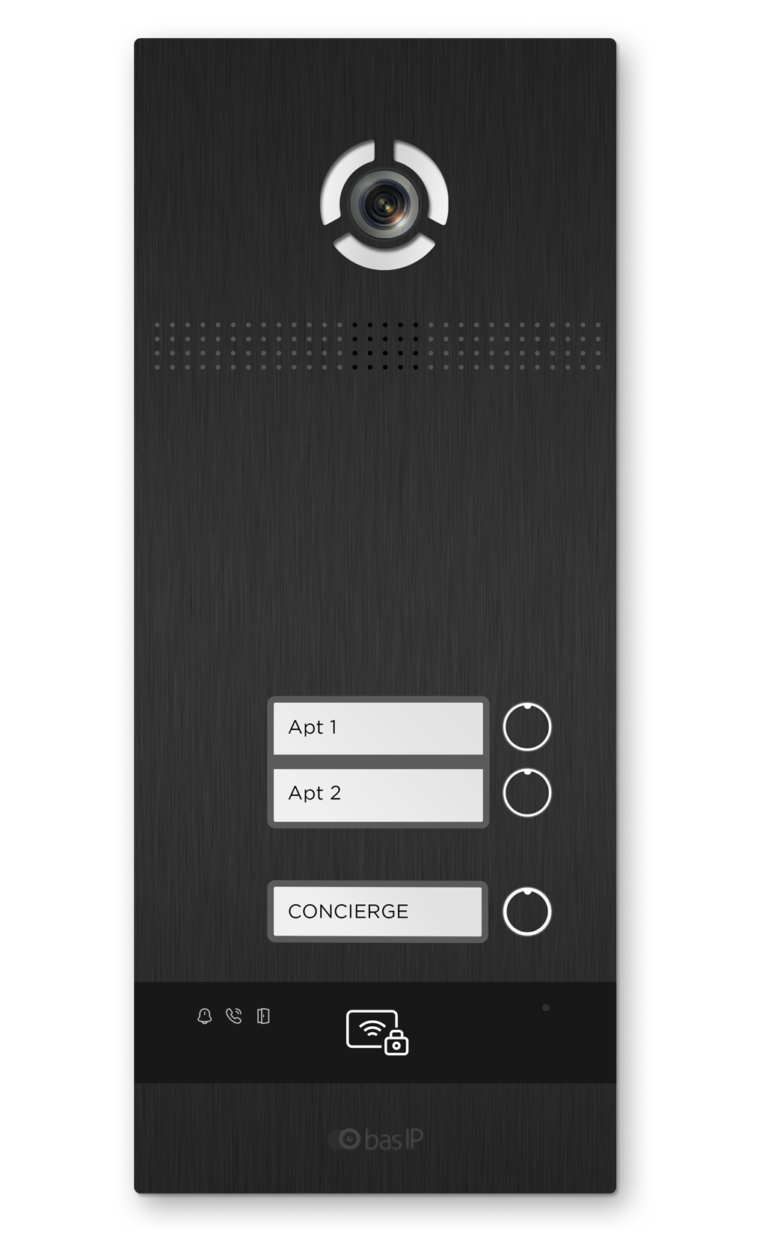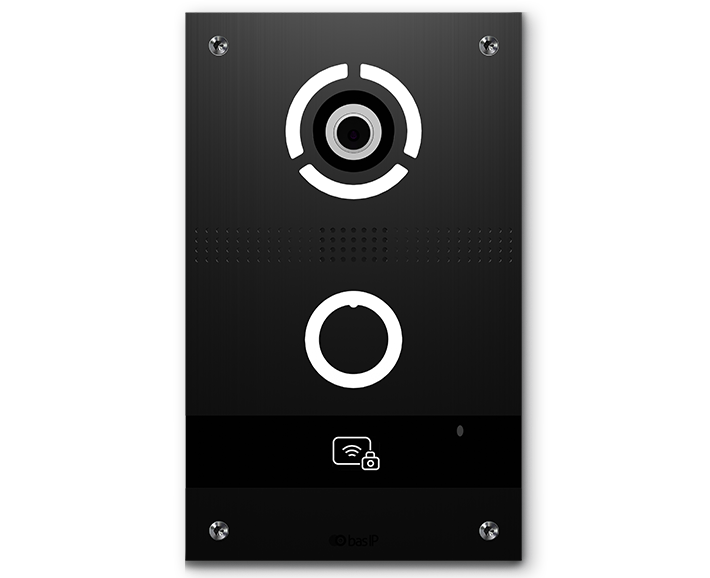Access Control Facial Recognition
Facial recognition technology uses biometrics to identify a person’s identity through analyzing unique features of their face. This technology has been used in a variety of applications, including security, marketing, and entertainment, but one of the most popular uses is for access control systems.
Access control systems that use facial recognition technology use cameras (in our case – door entry panels cameras) to capture images of a person’s face, which are then analyzed by the system’s software. The software looks for specific facial features, such as the distance between the eyes and the shape of the jaw, to create a unique “face print” for the person. This face print is then compared to a database of known individuals to verify the person’s identity.
One of the main advantages of using facial recognition technology for access control systems is that it is a non-intrusive method of identification. Unlike traditional methods, such as keycards or fingerprints, a person does not need to touch anything or be physically close to the system to be identified. This makes it easier for people to access secure areas, and also reduces the risk of contamination or the spread of disease.
Facial recognition technology can be used in a variety of settings, including office buildings, hospitals, airports, and government facilities. It can be used to control access to specific areas, such as elevators, or to entire buildings. Additionally, the technology can be integrated with other systems, such as security cameras or intrusion detection systems, to provide a more comprehensive security solution.

How To Use Face Recognition
When using facial recognition technology in an access control system, it is important to consider privacy concerns. There is some concern that the technology could be used to collect and store personal data without the person’s consent, or that the data could be hacked or misused. To mitigate these concerns, it is important to have strict policies in place to govern how the data is collected, stored, and used. Additionally, it is important to make sure that the system is configured to capture only the minimum amount of data necessary to complete the identification process.
In addition, as with any form of Biometric technology, it is important to ensure accuracy and avoid bias. Different groups of people may have different levels of accuracy with facial recognition due to factors such as lighting and camera resolution, even demographic differences. This can be addressed by using systems that are trained on diverse and inclusive dataset, constantly testing and updating systems, and providing transparency in its performance and limitations.
In conclusion, facial recognition technology is a powerful tool that can be used to improve the security and efficiency of access control systems. The technology is non-intrusive and can be used in a variety of settings to control access to secure areas. However, it is important to consider privacy concerns and take steps to mitigate them, as well as ensuring accuracy and avoid bias in its application. With the right approach, facial recognition technology can be an invaluable addition to any access control system.
